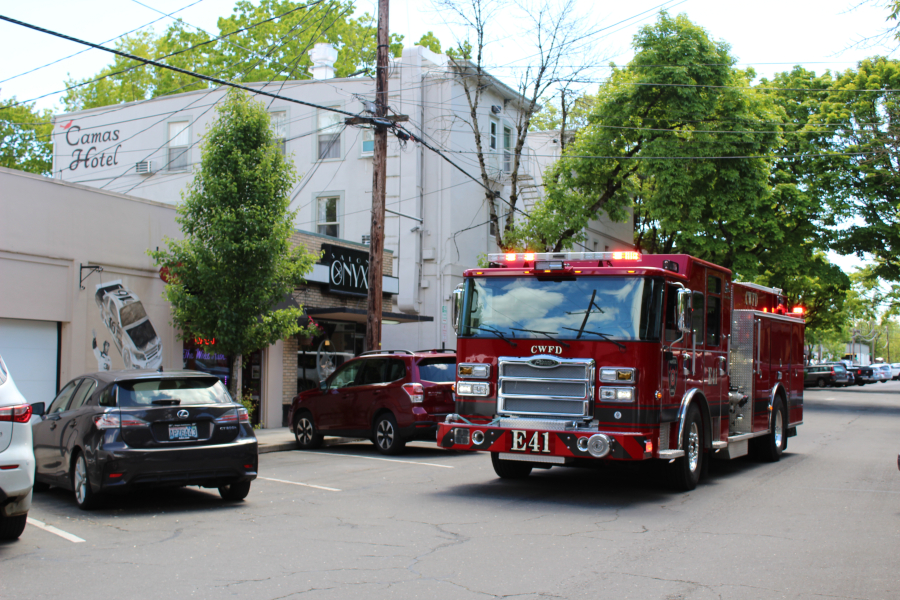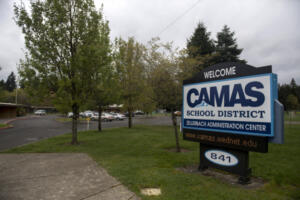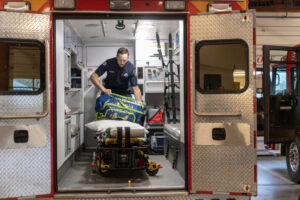Camas officials are one step closer to approving a Camas-Washougal Fire Department capital facilities plan showing the fire department will require roughly $35 million worth of fire station and apparatus improvements and replacements over the next decade.
Camas-Washougal Fire Marshal Ron Schumacher provided some background on the plan this week.





